The news in the Guardian recently that beavers are to be released in Ealing represents the ultimate comeback for a species once hunted to extinction in England. Possessor of a fine, waterproof fur and a pair of gland-like sacs near the anus which produced a substance, ‘castoreum’, used in perfumes and – wait for it – vanilla flavouring, the beaver was considered better off dead than alive, a view endorsed – and sometimes still endorsed – by farmers whose fields get flooded by the beaver’s dams.
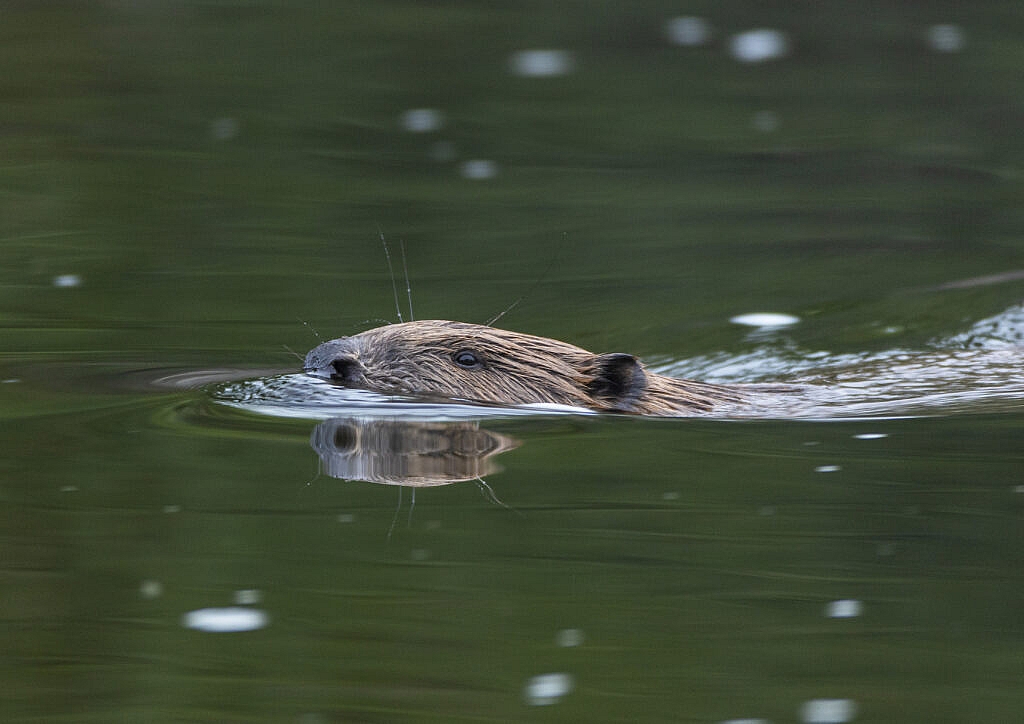
We now know that a beaver is a fine (but more importantly, cheap) alternative to expensive works with pips and diggers to prevent and alleviate flooding. Few who have lived here for any length of time would have believed that Britain could get any wetter, and indeed our future seems to hold more drought in the South as summers get gradually hotter and winters gradually drier; but the flip-side of climate change is that when the rains do come, they will be relentless. I recently drove through a downpour near Leicester which felt as though I was being used for target practice by several fire engines at the same time. These slow-moving, torrential downpours will produce far more local flooding. What is needed is a way to hold back the floods for a while, to slow the flow, to allow the ground to absorb what will be, after all, desperately-needed water. Cue the beavers, whose small floodplains do exactly.
So I wholeheartedly support the reintroduction of beavers. What bothers me a little is where they are being reintroduced: several sites in outer London. The large estates of Knepp and Holnicote. This is not a carefully-considered national flood alleviation strategy: this is beaver reintroduction as fashion. Want to claim that you’re a headline conservation project? Want to grab some headlines and attract visitors? Introduce a beaver. Now I don’t care. To me, any beaver introduction is a good thing. But I do sometimes feel sorry for the species that aren’t cute and furry. Britain has sixty species of dung beetle. A quarter of these are ‘Nationally Rare’. Four species have become extinct since the 1970s. Without dung beetles, our animal’s dung pads stop being a fertiliser and become a toxic pollutant taking months or even years to break down. Yet I don’t see headlines about dung beetle reintroduction projects. And that makes me worry that beaver reintroductions are becoming… well, fashionable. “Oh we have beavers, you know.”
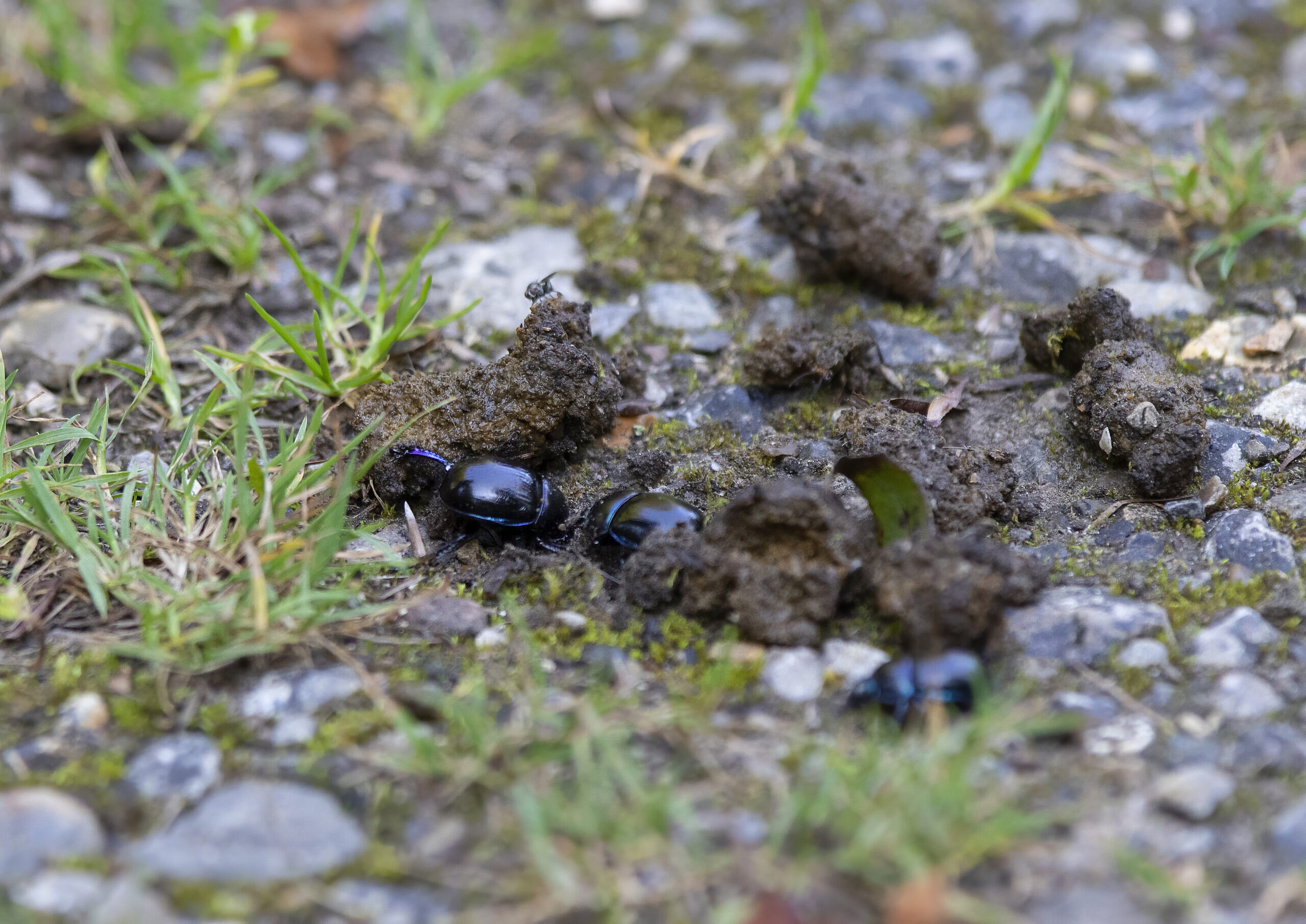
So by all means bring back the beavers. But please, let’s not stop there. In the last two centuries, Britain has lost 400 species, and well over a thousand more are on the edge of the cliff. Let’s bring those back as well. And when I see a headline shouting about how we’ve introduced not Lynx or wolf, but the Apple bumblebee or a stonefly, then I’ll know that we’ve finally understood what the problem really is.

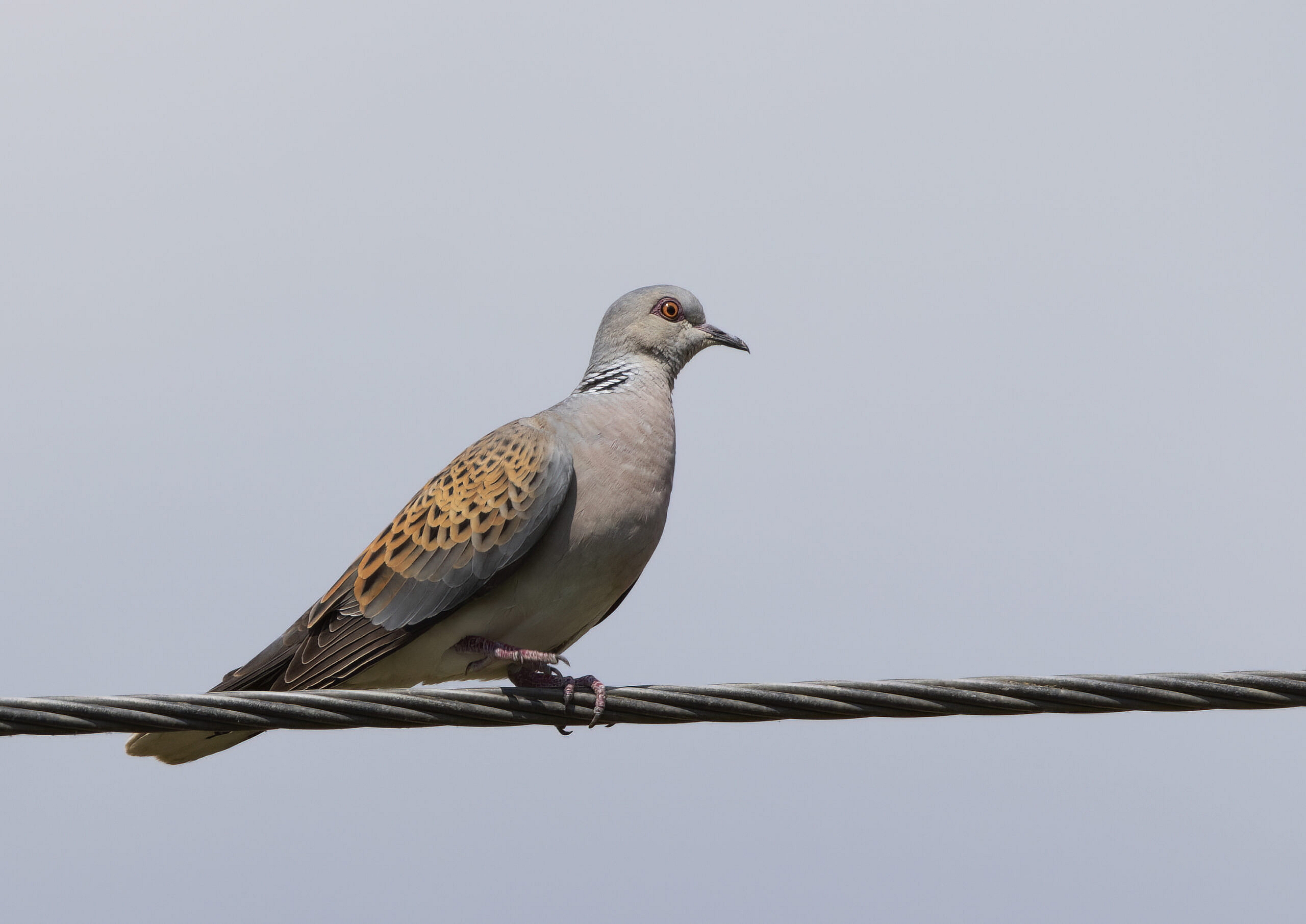
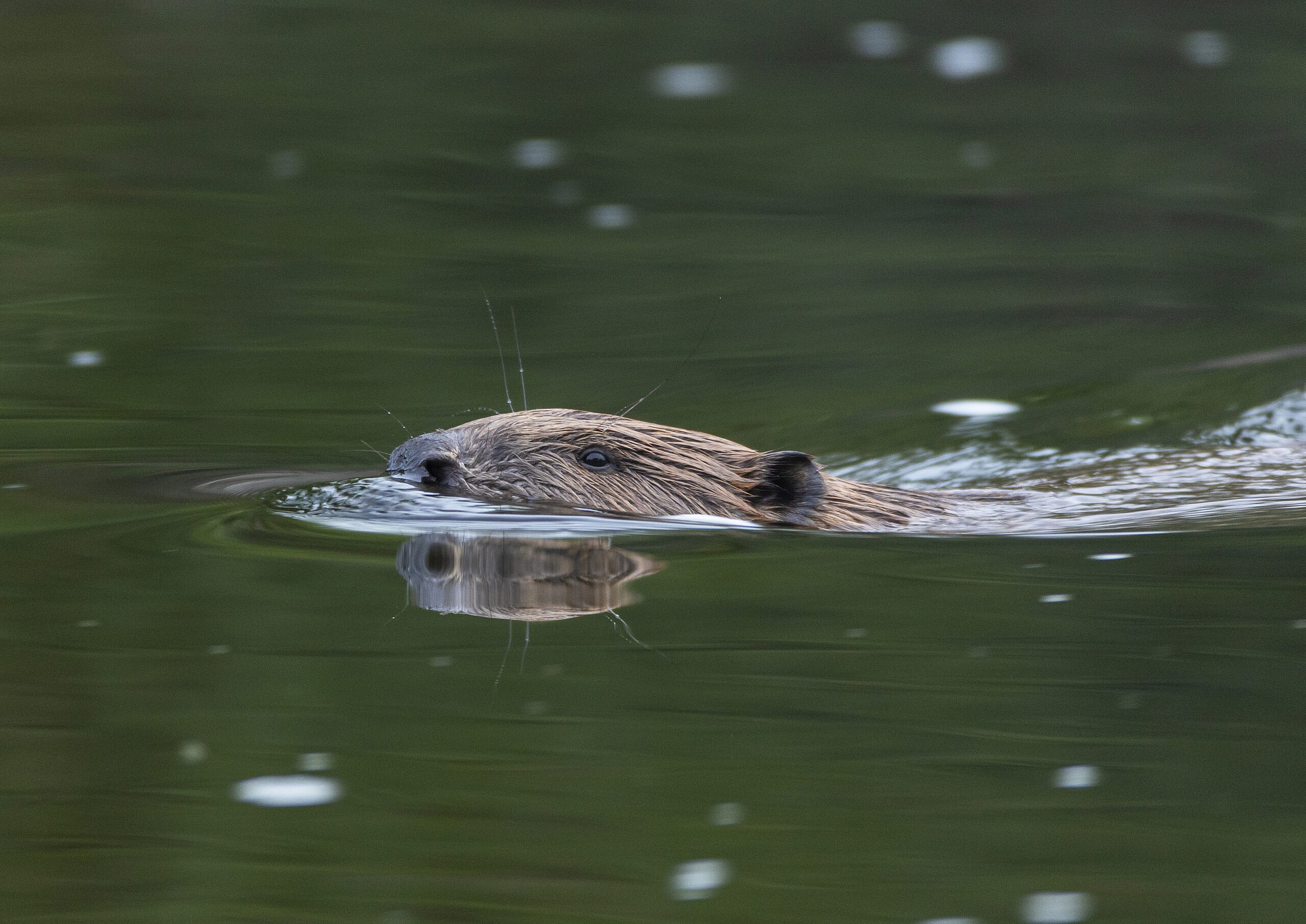
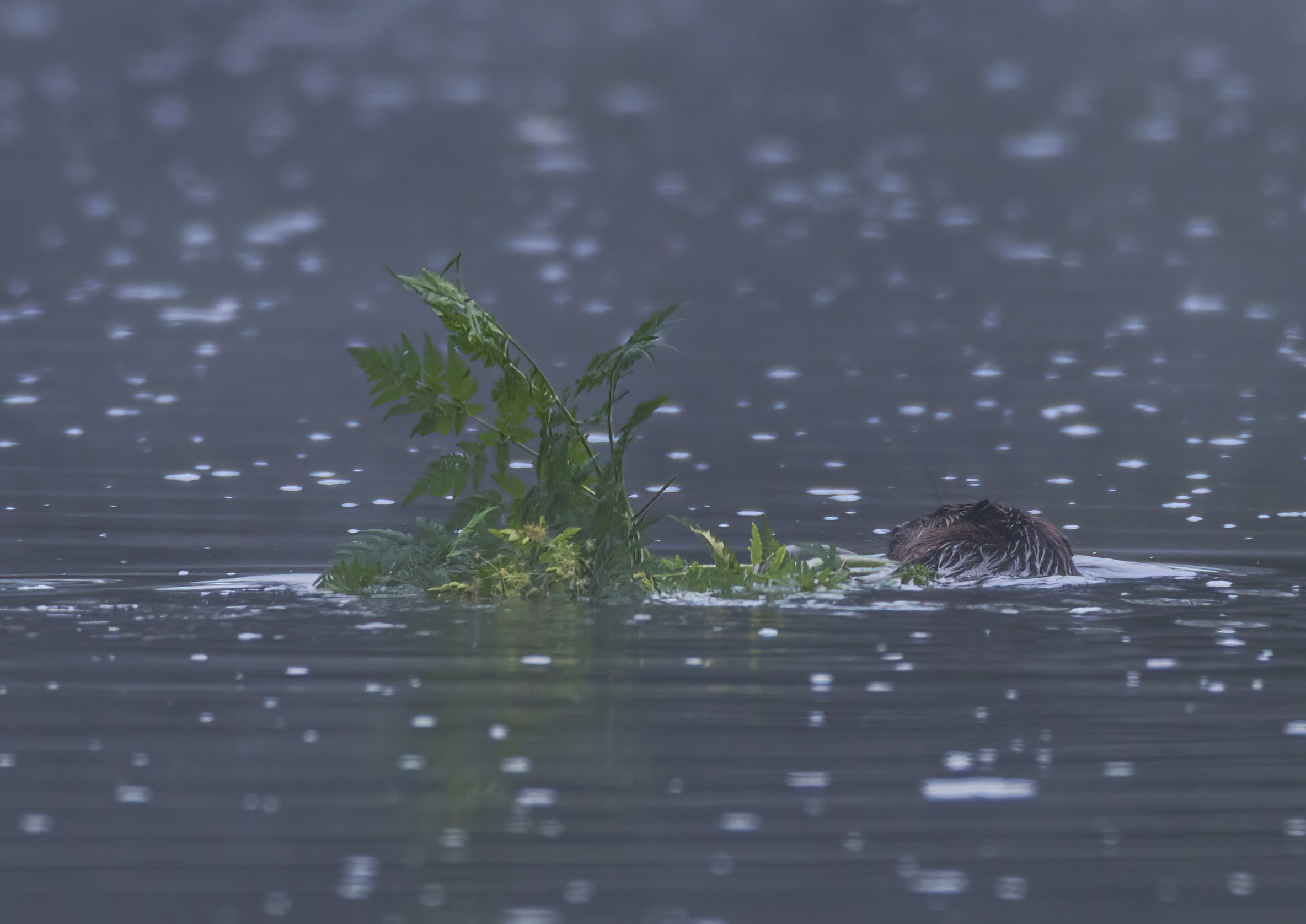

1 comments On The fashionable view
Furry and cute will always grab the headlines but the re-introduction of less media-friendly creatures is happening just out of the limelight. Having said that, I was amazed to see that bison are being re-introduced on Exmoor! I thought that would have hit the headlines
Comments are closed.